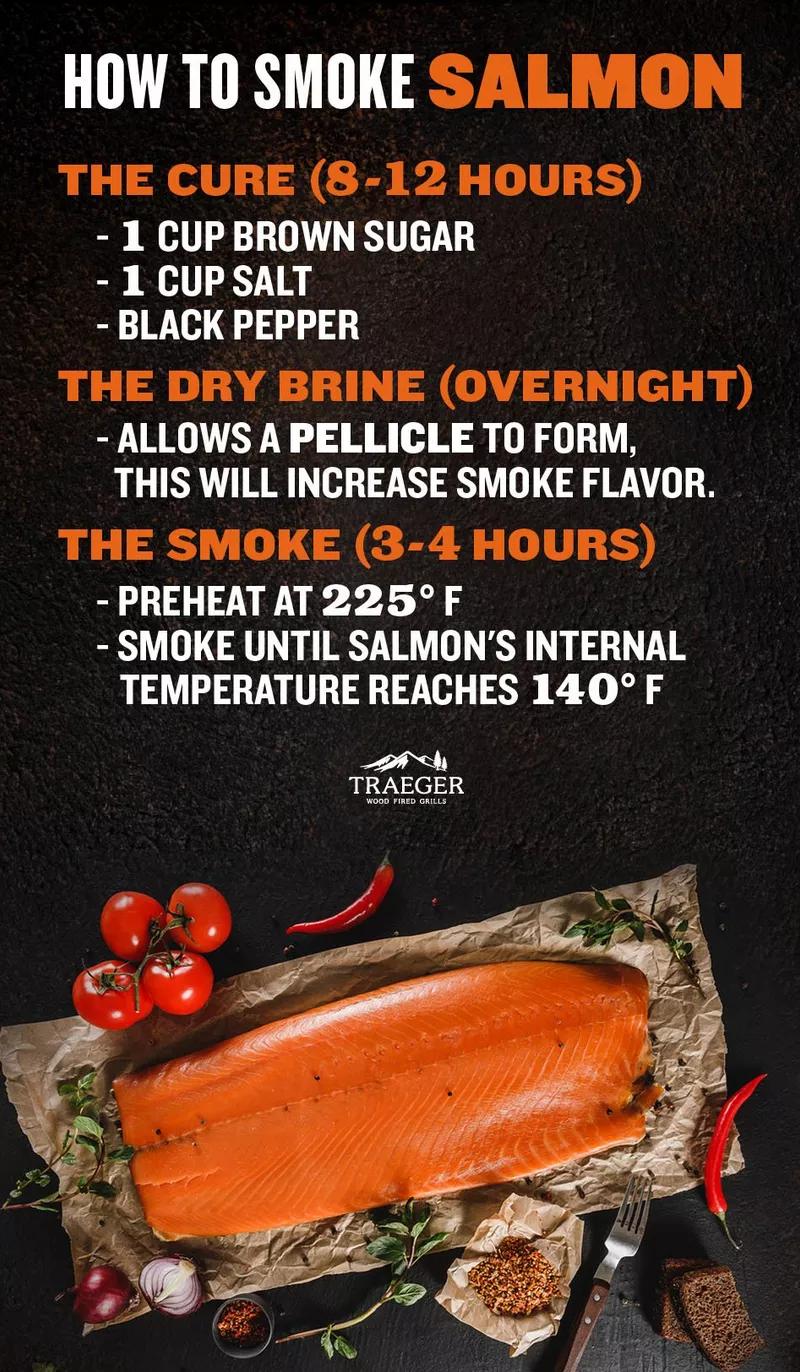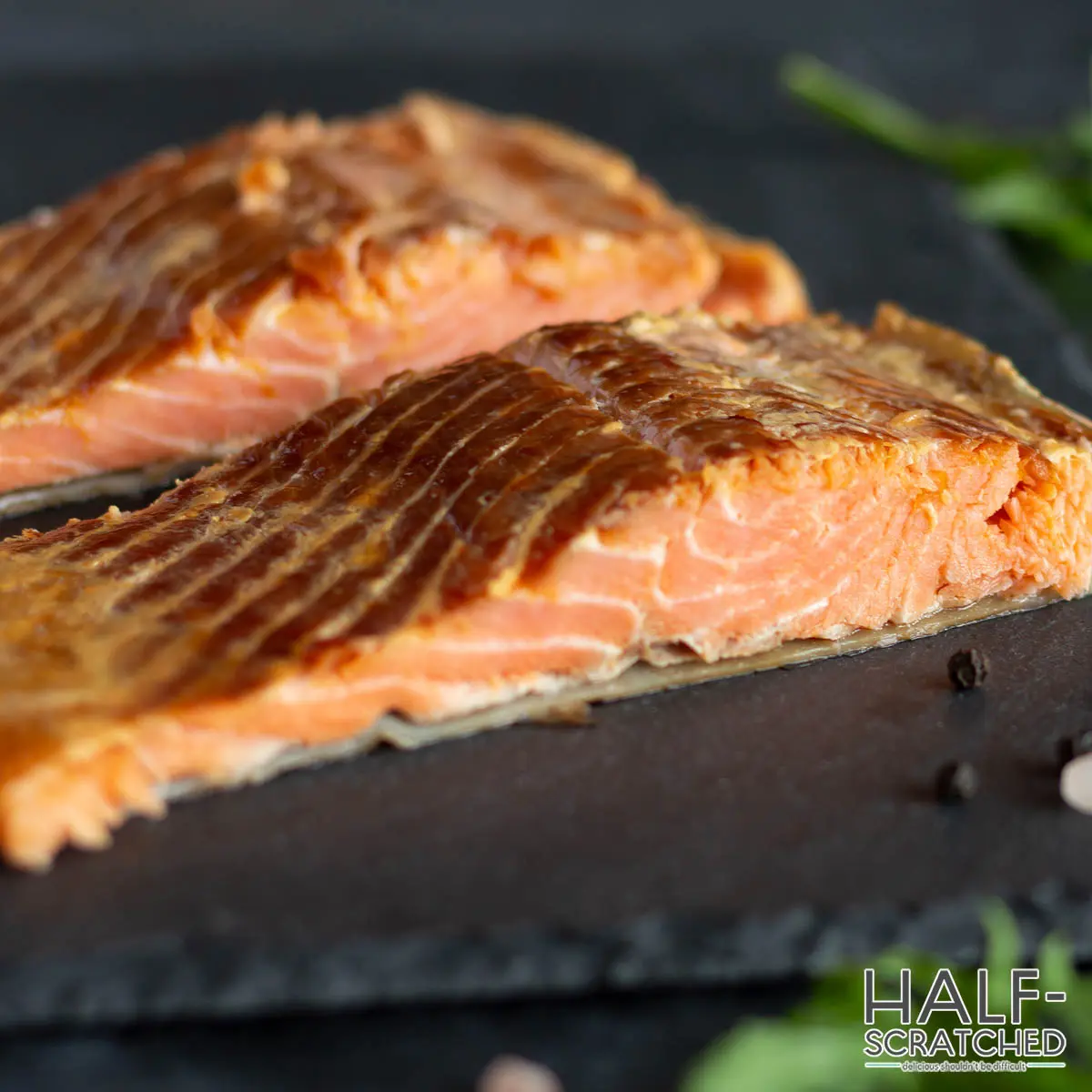When it comes to cooking fish, many people find it intimidating. The fear of overcooking and ruining an expensive piece of fish can be overwhelming. However, with the right techniques, cooking fish can be simple and enjoyable. One such technique is smoking salmon at 225 degrees. In this article, we will explore the benefits of smoking salmon at this temperature and provide you with beginner-friendly tips to achieve perfectly cooked fish.
The Importance of Temperature
Harold McGee, author of on food and cooking, explains that the key to cooking fish is to get the texture right. Overheating fish can cause its proteins to shrink and push out moisture, resulting in dry and tough fish. Unlike meat, fish reaches this shrinking point at a lower temperature, around 120 degrees. Most fish dry out around 140 degrees, although there is some variability depending on the type of fish.
For smoked salmon, the ideal temperature range is between 130 and 140 degrees. However, some denser varieties, such as tuna and salmon, can be juicy even at 120 degrees. By smoking salmon at 225 degrees, you can achieve a perfectly moist and flavorful result.
Smoking Techniques
There are several techniques you can use to smoke salmon at 225 degrees. One popular method is packet cooking, also known as en papillote. This involves wrapping the fish in parchment paper with a splash of liquid, aromatics, and vegetables. The moist heat prevents the fish from drying out, and the steam infuses the fish with flavor. This technique works well with various fish types, especially those that are no more than one inch thick.
Another technique is slow-roasting, which involves cooking the salmon at a lower temperature for a longer time. Slow-roasting allows the fat in the fish to render, keeping it moist and preventing overcooking. This method is particularly suitable for fatty fish like salmon. You can try recipes like Slow-Roasted Salmon and Herby Rice Pilaf, where the fillets cook at 250 degrees for 35 to 40 minutes until they reach an internal temperature of 125 degrees.
Poaching is another gentle cooking method that works well with delicate fish. By poaching fish in water, wine, or olive oil, you can achieve a tender texture and clean flavor. Poached fish can also be refrigerated for a day or two and enjoyed cold. Start by placing moderate-sized fillets or steaks in water just below a boil to kill any bacteria on the surface. Then, reduce the heat and let the fish cook gently. This method results in a moist and tender texture.
For a more indulgent option, you can try confit. This technique involves poaching the fish in fat, such as oil or butter. The slow and gentle heat helps retain moisture and creates a silky and moist texture. Recipes like Olive Oil-Poached Salmon or Oil-Poached Rockfish showcase this method, where the fish is cooked submerged in oil at a specific temperature for a longer time.
Finally, roasting a whole fish can be a beautiful and impressive way to cook salmon. By roasting the fish whole, you retain flavor from the bones and keep the flesh moist. You can experiment with different seasonings and stuffings to create unique flavors. Consider trying Whole Roasted Fish With Pomegranate Molasses, where the fish is seasoned with salt and pepper, stuffed with orange slices and scallions, and roasted on a bed of zucchini and carrot.

Smoked salmon at 225 degrees offers a delicious and foolproof way to cook fish. By understanding the importance of temperature and choosing the right smoking technique, you can achieve perfectly cooked salmon every time. Whether you prefer packet cooking, slow-roasting, poaching, confit, or roasting a whole fish, there are plenty of options to explore. So, next time you want to cook fish, give smoking salmon at 225 degrees a try and enjoy a moist and flavorful meal.
If you want to know other articles similar to Smoked salmon at 225: a guide to perfectly cooked fish you can visit the Cooking category.


Related Articles